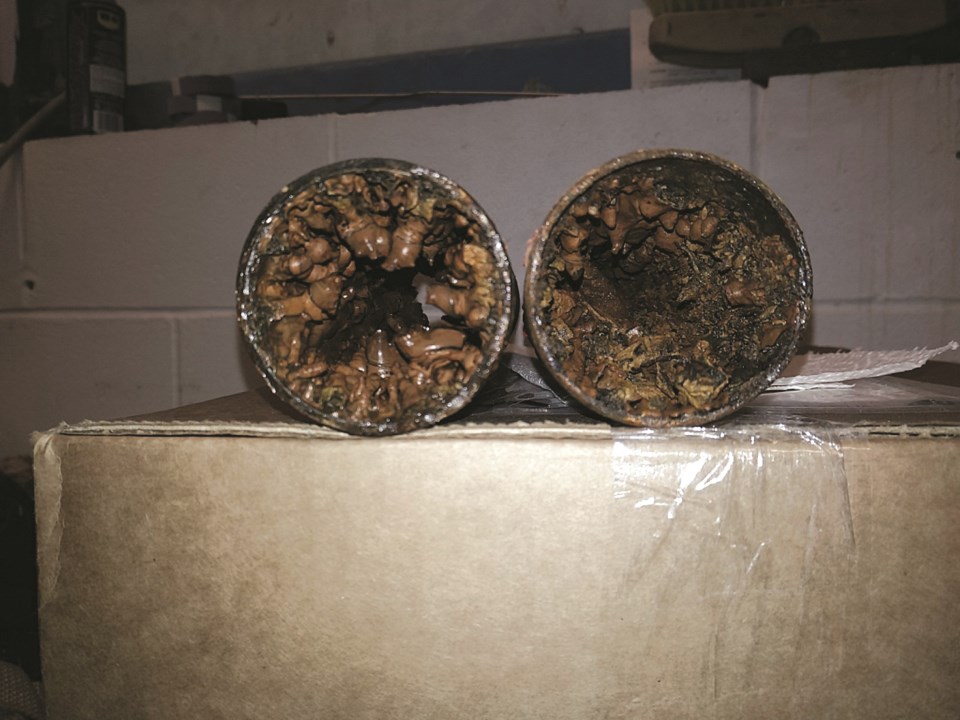A dry nitrogen technology upgrade for the fire sprinkler system at Sechelt Aquatic Centre (SAC) will cost an estimated $813,619. At a Nov. 24 Sunshine Coast Regional District (SCRD) committee of the whole meeting the elected officials recommended increasing the budget originally set to replace the failed sprinkler system by $640,592 and to go with the newer technology.
At a board meeting later that day, they approved the budget change and authorized borrowing for the project's cost over a five-year period, with Area D director Kelly Backs voting in opposition. Due to the value of the expenditure, a report will come to the board for approval of the award of any contracts.
During discussion at the committee meeting, Backs and director Donna McMahon (Area E) questioned the wisdom of making that investment, given a history of “premature failures” of components at that building, which opened in 2007.
Why a replacement is needed
Manager of community services Shelley Gagnon let the group know replacement of sprinklers was required. “We do not really have a choice. We must install a new system to keep the facility open. We are already on borrowed time," she stated.
A report presented to the committee explained that the original water-based system in the structure developed a leak in late 2020. Investigation of that incident revealed that microbiologic corrosion had compromised sprinkler pipe interior walls and that the full system needed to be replaced. A call for bids to reinstall a water-based system in 2021 received only one response valued at $636,162, more than three times higher than the pre-tendering estimate quoted to the SCRD.
Since June, 2021, SAC has been allowed to stay open to the public with a temporary linear heat detection system for initial fire suppression. The board approved installing those components, at a cost of $147,790, to allow the facility to be reopened while options for replacing the sprinkler system were explored.
Earlier this year, contractor SNC Lavalin Inc. reported to staff that as the source of the corrosion could not be determined, replacing the failed equipment with another wet sprinkler system carried the risk of similar failure in the future. It proposed that a dry system be considered.
System and facility lifespans
The report stated that dry systems have a 40-to-60-year life span, compared to an estimated 15 to 25-year longevity for systems that use water. Gagnon said in her view, the SAC structure likely had a 50-year lifespan, which could be extended through robust maintenance.
One downside of chemical-based systems that was identified in the report was that they are more complex and costly to maintain. At the meeting, staff said that given the need for increased inspections to avoid the corrosion situation should a water-based system be opted for, upkeep costs of the two alternatives were estimated to be about the same.
Gagnon noted that once the project is successfully tendered and awarded staff's aim was to start installation next year, during the annual scheduled maintenance shut down period for the facility. The work would be completed in 2024. Once the new sprinklers are in place the temporary system will need to be removed. That project and its costs are slated to be discussed during an upcoming budget debate.



